Mary Stuart knows her secret letters are being intercepted. To smuggle her encrypted messages beyond the prison walls, she must rely on unconventional methods.
Features
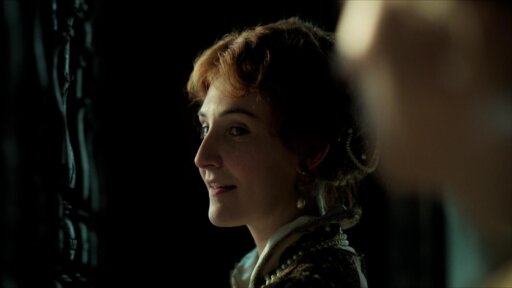
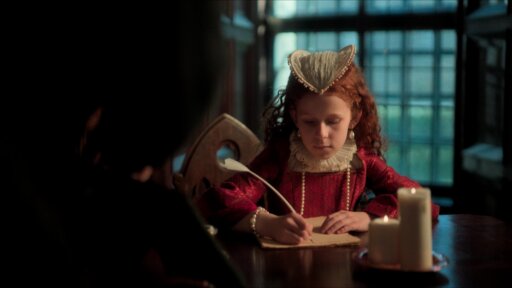
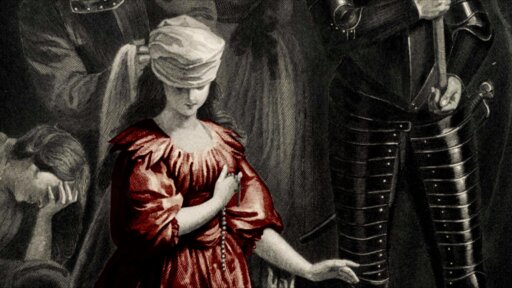
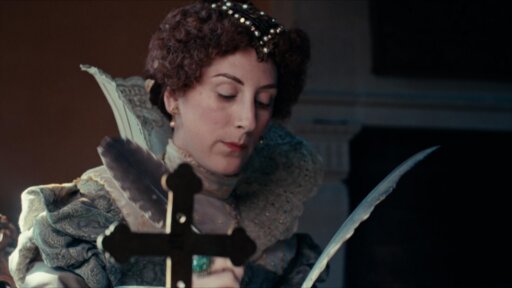
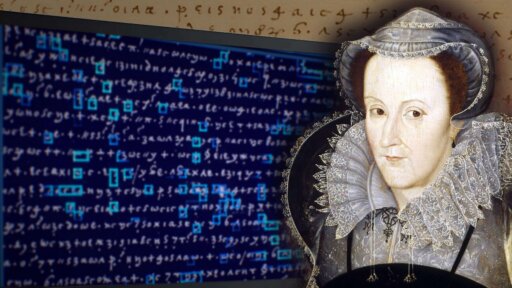
Mary knows her letters are being intercepted.
Some she dispatches officially via what she calls "Walsingham's way," aware that the spymaster will read them before sending them on.
-There are other ways of getting letters through.
These secret letters are the ones which were likely to be encrypted by one of her two secretaries.
-She has a French secretary, Claude Nau, and she has a Scot secretary, Gilbert Curle.
Sometimes when she folds letters up into those tiny little packets, she's able to have her ladies smuggle them out by slipping them up the sleeves of their dresses.
-Sometimes they're put in the heel of a shoe.
-Or she's slipping them into the bindings of books.
Her ladies, quite often, when no one's looking, leave them at certain locations in the garden, often, you know, under stones.
There are reports by Mary's longtime custodian, George Talbot, the Earl of Shrewsbury, where he has found letters that have been hidden in the garden.
And so, as those clandestine opportunities are diminished, she realizes that she has to somehow come up with another way to try and avoid detection by Walsingham and his agents.
-So Mary starts a secret channel through the French Embassy.
She sends letters that will be protected as part of the official, diplomatic correspondence of France.
-There's the potential to just sneak a few other little things into the diplomatic bag.
And so, the French Embassy also becomes a route through which Mary's secret correspondence can be fed, first into London, and then onwards into Europe.
-For several years, the route is secure.
But it's all based on trust -- and in 1583, Mary begins to suspect there's a mole working against her at the Embassy.
